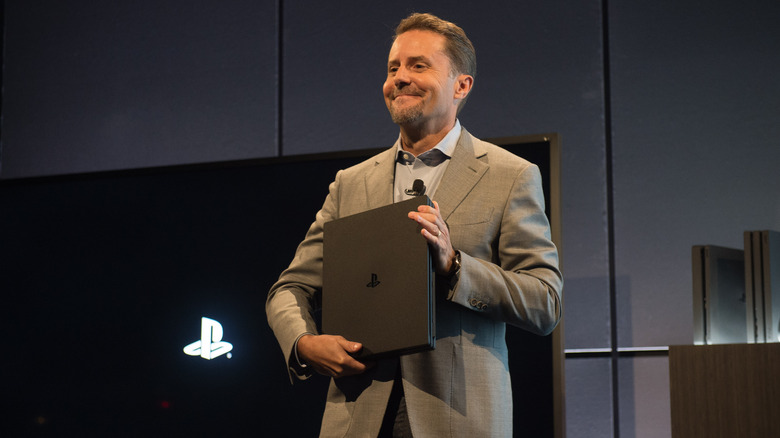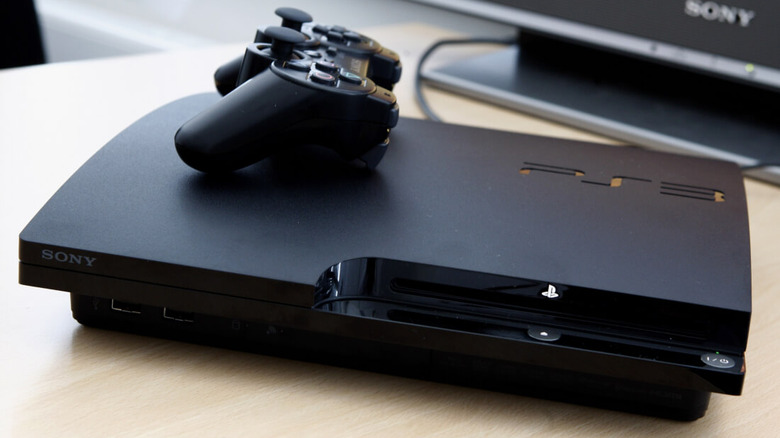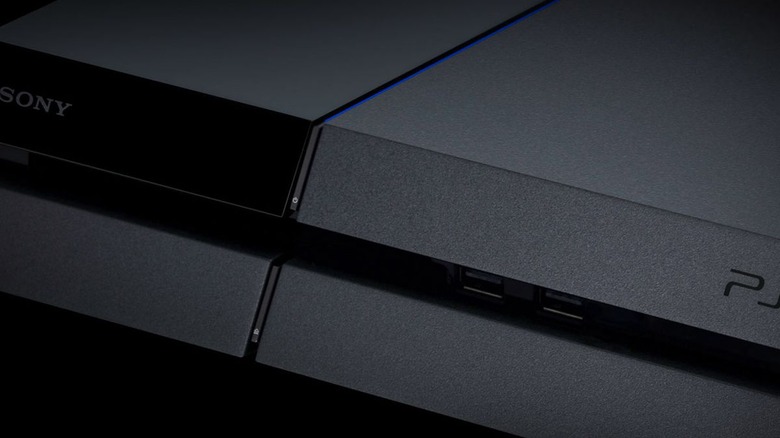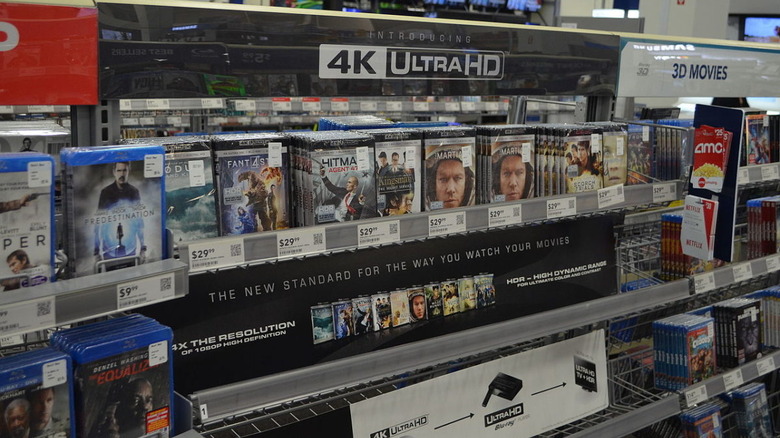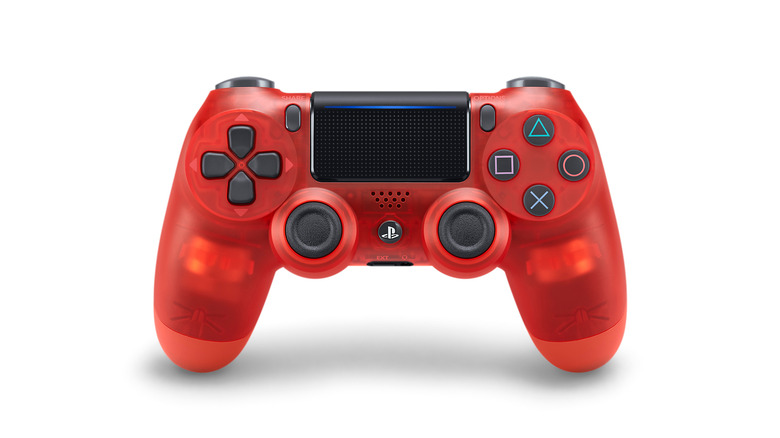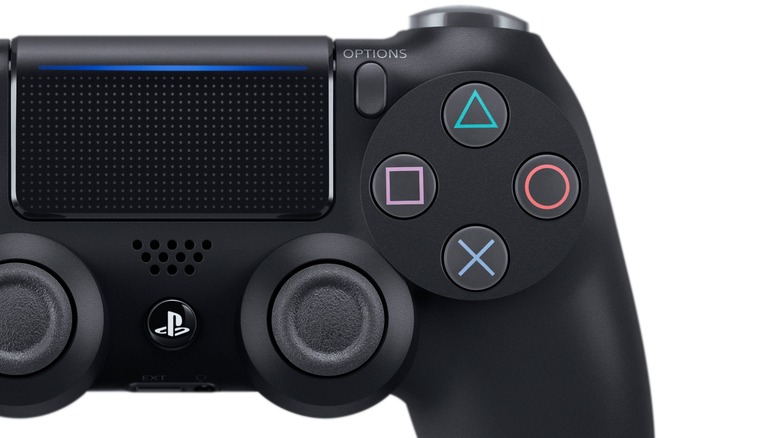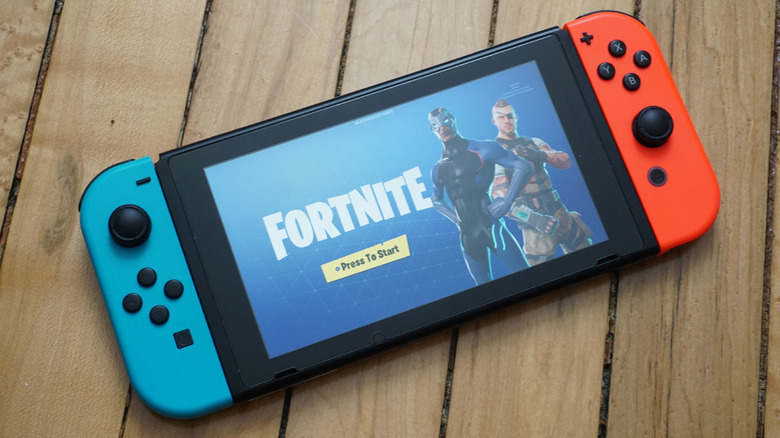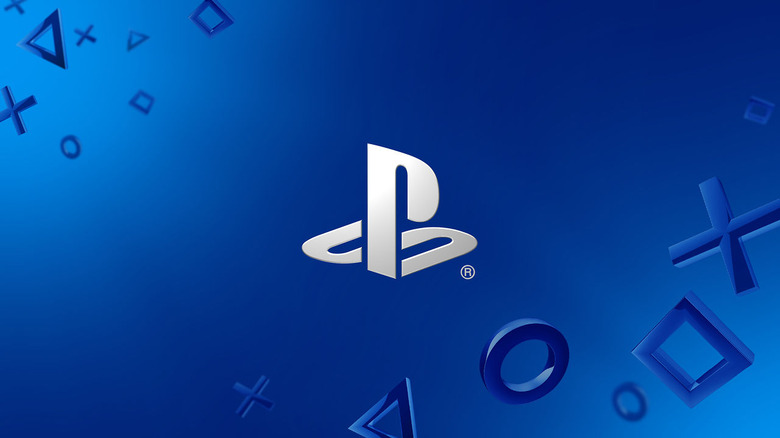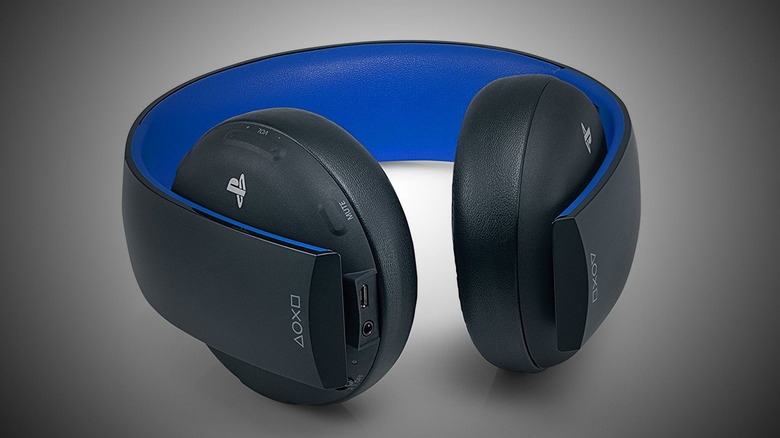Things About The PS4 That Still Annoy Us To This Day
The PlayStation 4 is absolutely killing it right now. It's unmatched in sales for this generation. Sony's delivered with amazing exclusives like Horizon: Zero Dawn and God of War. And when you look ahead, you can see The Last of Us Part II and Ghost of Tsushima off in the instance, waiting to blow everyone away.
It's tough, as a PlayStation 4 owner, to complain all that much. But call us picky, because we're about to.
In terms of games, the PlayStation 4 is fine. But there are a bunch of platform-related issues that really stick out, especially when you compare the PS4 to other systems. If Sony patched these up, you might be able to say the PlayStation 4 is as close to a perfect console as we've come. But as long as these problems persist, the platform is still flawed. It's an 8 or a 9, but not a 10.
Here's what still bugs us about the PlayStation 4.
No native backward compatibility with the PS3
There aren't many downsides when it comes to backward compatibility in gaming. Having a newer system that can play old games opens lots of doors, both for those who are new to gaming, and those who might have played on another system previously. On top of that, backward compatibility is good for game preservation — something that's becoming increasingly difficult.
Sony was once a supporter of backward compatibility in its consoles. Unfortunately, it's not anymore.
The PlayStation 4, like the PS3 Slim before it, foregoes BC. And given the company's investment in PlayStation Now — a streaming subscription service for games — it's not hard to see why. But it's awfully irritating that our PlayStation 3 games are now useless on Sony's latest platform, especially when looking over the fence at Microsoft's Xbox One, which can now play select discs from the Xbox 360 and the original Xbox.
Don't make this mistake again with the PlayStation 5, Sony.
It can get really, really loud
The life cycle of a game console is roughly five or six years, and it's not uncommon for later games to really push the hardware to its limits. When a console has to work harder, it produces more heat. And when heat becomes a concern, the fans rev up. That should explain the noise from your PlayStation 3 during The Last of Us.
The PlayStation 4, however, has sounded like an airplane since launch.
Search around and you'll find a bunch of stories about loud PS4s. Some say their console sounds "like a jet engine." Others prefer a "lawnmower" comparison. And some even go beyond complaining and actually try to fix the issue, cleaning the system and, in some cases, replacing its thermal paste. All to no avail.
If you own an original PS4 model and you can't stand the noise, you can always look into getting a PS4 Slim. According to reviews, it's much quieter. And it'll take up less space, to boot.
The power and eject buttons are a puzzle
Another benefit to getting a newer-model PS4? Clearly marked controls. The buttons on the front of a PS4 Slim, for example, are pretty easy to distinguish. You can tell which one is the power button, and which one is eject. There's no real mystery.
That is not the case on the launch PS4.
For some reason, Sony elected to put two identical buttons on its first iteration of the PlayStation 4 — one on top of the other. And it's not immediately apparent what these buttons do. Sure, you can look at the very tiny symbols on each button if you have a magnifying glass nearby, but most people don't. And so these buttons have created a lot of confusion — and laughs — amongst the PS4 fan base.
YouTuber Nick Robinson summed it up best in 2016 when he tweeted out, "RT if three years later you still don't know which of these is the 'power' button and which is the 'eject' button," adding a photo with arrows pointing to each.
None of the PS4 models support 4K Blu-ray
Sony is largely responsible for propagating the Blu-ray disc format around the world. It used Blu-ray in its PlayStation 3. It manufactured tons of Blu-ray disc players. And thanks to all of Sony's pushing, Blu-ray won its war against HD-DVD. It's now the standard for HD media, and it's used in both the PlayStation 4 and the Xbox One. So for Sony to forego support of a better Blu-ray format is puzzling. But that's exactly what the company is doing in the PlayStation 4 Pro.
The PlayStation 4 Pro, an upgraded version of the PlayStation 4 in almost every way, lacks something that it really shouldn't: support for Ultra HD Blu-ray.
What's Ultra HD Blu-ray, you ask? It's the format used by 4K films. And on the PS4 Pro — a console that touts support for 4K games — the inability to play 4K movies is a weird flaw. Even stranger: two Xbox One models can play Ultra HD movies.
Perhaps it's all moot, and we'll be living in an all-digital world before we know it. But for those who live in the now, the PS4 Pro's lack of Ultra HD Blu-ray support is extremely annoying.
The DualShock 4's battery life is disappointing
If you game on a regular basis, you know how important battery life is on a controller. And you probably have a good idea of how long you can go before that "low battery" message pops up, forcing you to either change batteries or plug in for a charge.
With the DualShock 4, the battery runs out far too quickly.
According to Power Profiler, you can get around 7 hours of playtime on the PS4's DualShock 4 controller. That same outlet credits the Xbox One controller with 13 hours of battery life — almost double the performance. But nothing makes the DualShock 4 battery look worse than the Nintendo Switch Pro Controller. Nintendo pegs that at nearly 40 hours of battery life on a full charge — nearly six times as long as the DualShock 4.
It's been several years and we haven't seen a substantial update to Sony's PlayStation 4 controller. At this point, we aren't expecting one. So all we can do is hope and pray that the DualShock 5 makes battery life more of a priority.
The controller touchpad is barely used
Did you know the DualShock 4 has a touchpad? Seriously! It's that rectangle located at the top of the controller. The thing that sometimes serves as a button in games, but often goes unused as a touchpad in both games and in Sony's system software.
The touchpad gets no love from anyone. So why does it exist?
It certainly can't help with battery life, and — as we've already discussed — the DualShock 4 is hurting in that department. It also takes up quite a bit of space that could be used for other buttons or features. And perhaps most baffling of all, there are legitimate uses for the touchpad that the PlayStation 4 doesn't take advantage of. A user on Reddit pointed out that the PS4's web browser doesn't even use the touchpad for its cursor, instead delegating that duty to the joysticks. How does that make any sense?
Find some uses for the touchpad, Sony. Right now, it's a total waste.
Sony won't jump on the cross-play bandwagon
Years ago, Apple was often criticized for its "walled garden" approach to media. The music tracks and movies you bought on iTunes? Those were locked to Apple devices, and there was nothing you could do about it. But these days, Apple is a bit more open. Music no longer sells with DRM, and Apple is now part of the "Movies Anywhere" initiative, which means you can watch iTunes-purchased films on other platforms.
Meanwhile, Sony has gone the "old Apple" route with the PlayStation 4.
Sony is very protective of its PlayStation 4 player base. So much so, in fact, that it won't allow cross-play or even cross-save with other game consoles. If you play on the PlayStation 4, for example, your Fortnite progress can't be ported to any other home system. Play on a Nintendo Switch, though, and you can easily pick up where you left off on the Xbox One (and vice versa).
This is only going to get more irritating as other games start to follow Fortnite's lead. If Sony is truly "for the players," it needs to get the PlayStation 4 on board with cross-play.
You still can't change your PSN name
Change is a part of growing up. We, as people, change. We morph from naive youngsters into immature teenagers, and finally into (hopefully) more mature adults. And as we change, we learn how to act in more socially acceptable ways.
Unfortunately, our online identities don't always make the transition. Especially if one of those identities is a PSN profile. Why? Because Sony still won't let you change your PSN name.
That's right. If you signed up for Sony's PlayStation Network back in 2007 and chose the name "MISTERBLUNTZ420," you can either let it go and sign up for a new account — doing away with your history and trophies — or you're stuck with it. And you aren't alone. There are tons of gamers on PSN who have terrible names they'd love to ditch. But Sony has yet to add this capability.
Perhaps the mighty dollar could serve as motivation. Hey Sony — Microsoft and Blizzard both charge for name changes. Don't you want to charge for name changes, too?
Please let us change our names.
Plugging in a headset kills the audio to your TV
Admittedly, there's a chance you've never encountered this problem. It's not one that you'll notice if you only play your PS4 with a headset, you always watch movies with that same headset on, and you aren't someone who streams on Twitch or captures video for YouTube. It has to do with the way the PlayStation 4 handles audio when a headset is involved.
If you plug that headset into your DualShock 4, you simply won't hear audio out of your TV. Period.
Why is this? We're not entirely sure. For some reason, Sony made the decision to completely turn off HDMI audio when a headset is being used. And there's no option to turn it back on. It's frustrating, to say the least, and not just for gamers. It's forced capture card makers to build workarounds in the form of cables and adapters — just to fix a problem that isn't present on, say, an Xbox One.
Here's to hoping we don't see this crop up again on the PS5.

